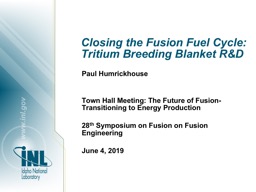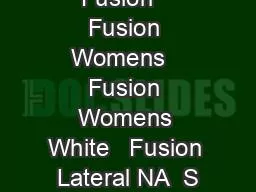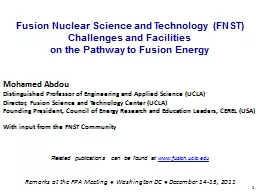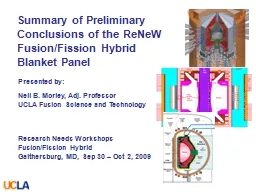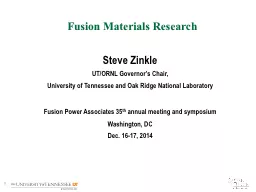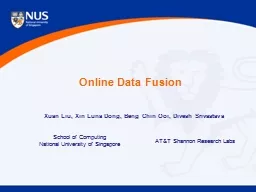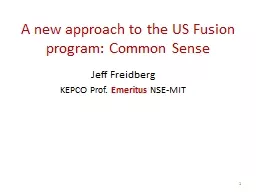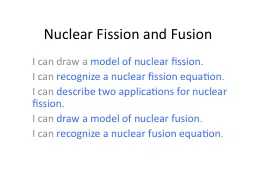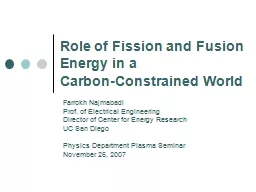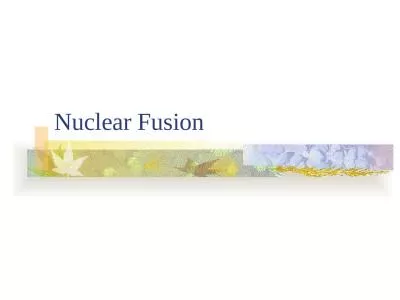PPT-Closing the Fusion Fuel
Author : isla | Published Date : 2023-08-31
Cycle Tritium Breeding Blanket RampD Paul Humrickhouse Town Hall Meeting The Future of Fusion Transitioning to Energy Production 28 th Symposium on Fusion on
Presentation Embed Code
Download Presentation
Download Presentation The PPT/PDF document "Closing the Fusion Fuel" is the property of its rightful owner. Permission is granted to download and print the materials on this website for personal, non-commercial use only, and to display it on your personal computer provided you do not modify the materials and that you retain all copyright notices contained in the materials. By downloading content from our website, you accept the terms of this agreement.
Closing the Fusion Fuel: Transcript
Download Rules Of Document
"Closing the Fusion Fuel"The content belongs to its owner. You may download and print it for personal use, without modification, and keep all copyright notices. By downloading, you agree to these terms.
Related Documents

